Whoever says that in Venezuela do not happen things like in a movie is because he does not know it, everything that I will develop here is already reflected in a book entitled Asalto al museo de Bellas Artes, written by Elida Salazar. It is a book that is not very well known but in it all the facts that happened in that event are captured, just like the Spanish comedy film El Robo Más Grande Jamás Contado by director Daniel Monzón but with the small difference that what happened in the Museum of Fine Arts in Caracas was real and very serious.
It all began at the beginning of 1962, the intellectual Fina Gomez, who served as president of the foundation of the same name, met with the Minister of Cultural Affairs of France, whose head was André Malraux, also an intellectual of that country. In this meeting Fina Gomez spoke with the minister about the possibility of holding a mega exhibition in Venezuela with great representative works of French artists, many of whom were of great influence in the nineteenth century for Venezuelan artists; after hours in the meeting the long-awaited agreement was reached to hold the exhibition One Hundred Years Of Painting In France From 1850 To Our Days which at the time was in Mexico and would go to Venezuela to be held in the largest museum at that time, the Museum of Fine Arts.
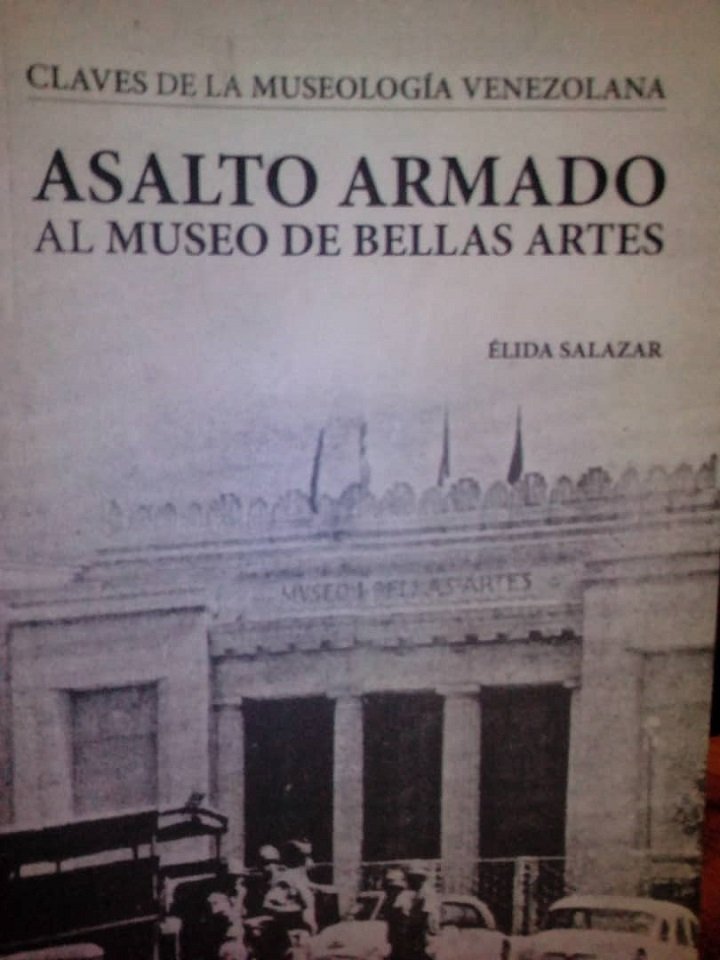
Already in September of that same year it was confirmed that the great exhibition would be held where works of the greatest artists of French painting would be found and which would come from the most renowned museums throughout France as the Louvre Museum, the Museum of Modern Art in Paris, the Museum of Fine Arts in Bordeaux and Lyon, the Toulouse-Lautrec Museum, as well as loans of works from European museums and private collectors, in total the exhibition would consist of 140 paintings and 129 artists.
After all the formalities and preparations that had to be carried out for the realization of this event, finally on December 20, 1962 the exhibition was inaugurated, the president of the republic who at that time was Romulo Betancourt with his wife and daughter, also presented great officials such as ministers and ambassadors, as any event of this nature would be carried out a strict schedule of activities within the exhibition; From here on we have to take into account that during the 50's and 60's there was a great world violence and especially in the 60's in Venezuela there was a great persecution by those who opposed the government; therefore armed groups emerged. Knowing the above, it can be said that the activities organized for the event were a little bit hindered because a group of leftist intellectuals called the Roof of the Whale were not allowed to participate in these activities even though they would be an artistic representation of the armed struggle that was being forged at that time.

Almost a month after its inauguration, on January 16, 1963, specifically at 3:15 p.m., the museum opened its doors for guided tours: 15 in the afternoon the museum opens its doors with the activity of guided tours, at that time there were already a large number of young people inside the museum and many more outside the museum waiting their turn to enter to appreciate the works of French artists, at that when the rooms of the museum were beginning to fill with students, Eight men armed with machine guns and two women armed with pistols burst in, taking advantage of the number of students in the place so that the national guards who were providing security support could not use their firearms. After six of them entered the museum, they disarmed the guards and security guards and took them to a room to keep them under surveillance.
When they had all the control over the museum a young man climbed on a platform and shouted "Do not be alarmed, do not move, this is an operation of the National Liberation Army" he assured that the paintings would be returned because it was not a robbery what they were doing but rather a political act, a woman was taking down the paintings and a man was receiving them, all this was done with great care, after having taken down the paintings before leaving they painted on one of the walls the slogan of the movement to which they identified themselves. This whole operation lasted precisely 30 minutes.
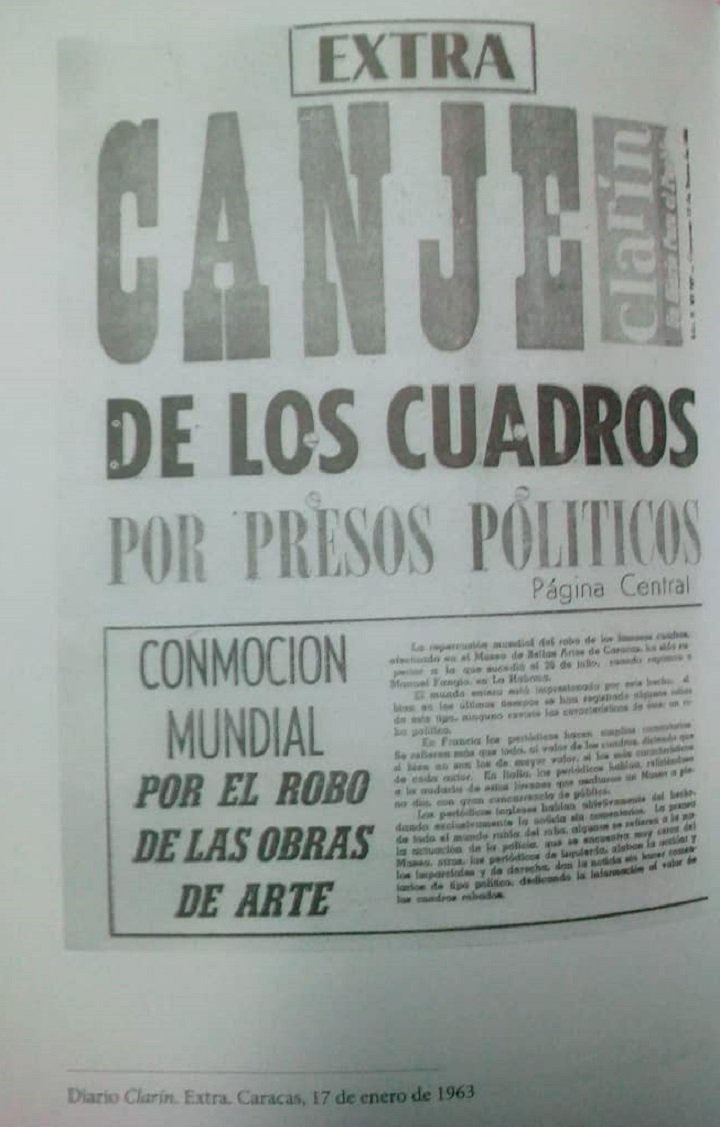
After everything had passed, the present personnel was evicted and an inquiry was made to make known the extracted works which were the most important and considered the treasure of France: Lilies in a Copper Cup by Van Gogh; Bathers by Paul Cézanne; Still Life by Paul Gaugin, these three works belong to the Museum of Lovre; Still Life by Pabo Picasso; Still Life with Pears by George Braque, these two to the Museum of Modern Art of Paris.
Shortly after the news was known, a great police operation was deployed to recover the extracted works, a total of 72 days elapsed to recover the art pieces in Arturo Uslar Pietri's house. The assailants sent the paintings to him so that he could deliver them, since Arturo Uslar Pietri was a senator and a very respected personage at that time.
It is then that stories like these should be brought to light and even more, to know the reasons why these types of events were carried out, it is a fact worth studying and it is also a book worth reading because in it are every dialogue and every moment of what happened that day at the Museum of Fine Arts.
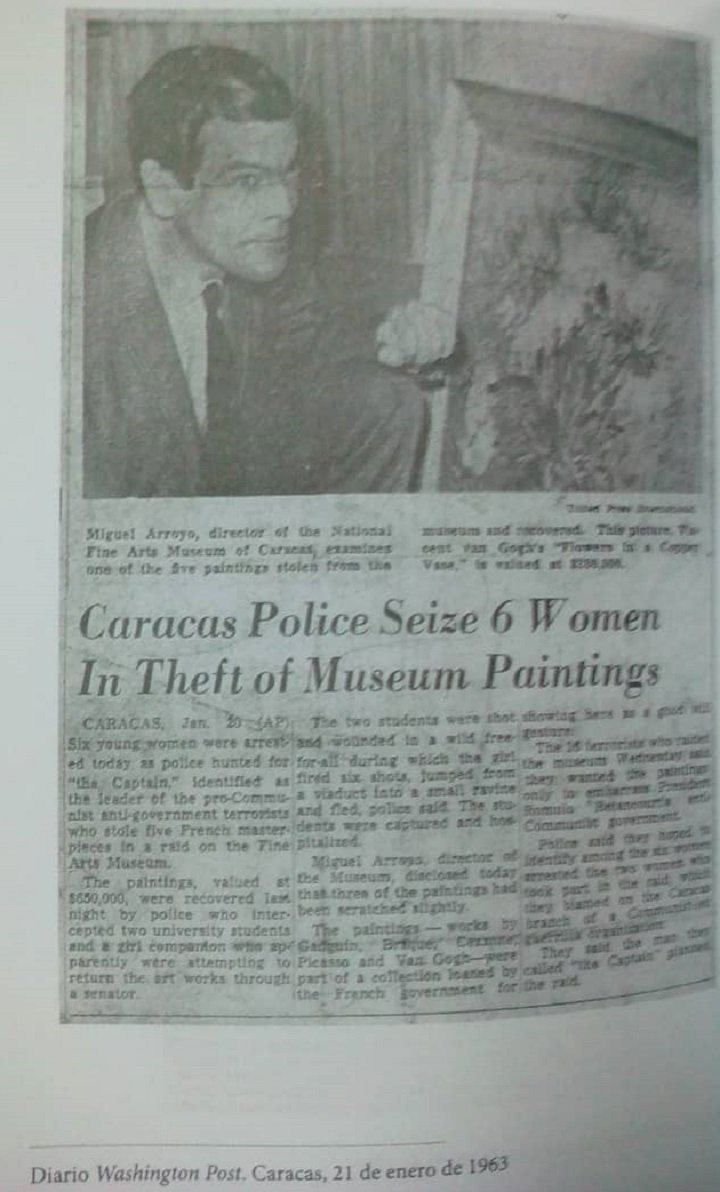
El que diga que en Venezuela no suceden cosas como de película es porque no la conoce, todo lo que aquí desarrollaré ya está plasmado en un libro que esta titulado Asalto al museo de Bellas Artes, escrito por Elida Salazar. Es un libro que no es muy conocido pero que en él se plasma todos los hechos ocurridos en ese acontecimiento, tal como la película española de comedia El Robo Más Grande Jamás Contado del director Daniel Monzón pero con la pequeña diferencia que en lo sucedido en el museo de Bellas Artes de Caracas fue real y muy serio.
Todo comenzó a principios del año 1962 la intelectual Fina Gómez quien fungía como presidente de la fundación de su mismo nombre se reúne con el ministro de asuntos culturales de Francia cual encargado de este despacho era André Malraux también intelectual de ese país. En esta reunión Fina Gómez habló con el ministro sobre la posibilidad de realizar una mega exposición en Venezuela con grandes obras representativas de artistas franceses, muchos de los cuales fueron de gran influencia en el siglo XIX para los artistas plásticos venezolanos; tras horas en la reunión se llega a él tan anhelado acuerdo de realizar la exposición “Cien Años De Pintura En Francia De 1850 a Nuestros Días” que al momento se encontraba en México y pasaría a Venezuela que se llevaría a cabo en el museo más grande para ese entonces, el Museo de Bellas Artes.
Ya en Septiembre de ese mismo año se confirma que se llevara a cabo la gran exposición donde se encontrarían obras de los más grandes artistas de la pintura francesa y de los cuales vendrían de los museos más renombrados de toda Francia como el Museo de Louvre; el Museo de Arte Moderno de París; el Museo de Bellas Artes de Bordeos y de Lyon; el Museo Toulouse-lautrec, así también como prestamos de obras de museos europeos y coleccionistas particulares, en total la exposición constaría con 140 pinturas y 129 artistas.
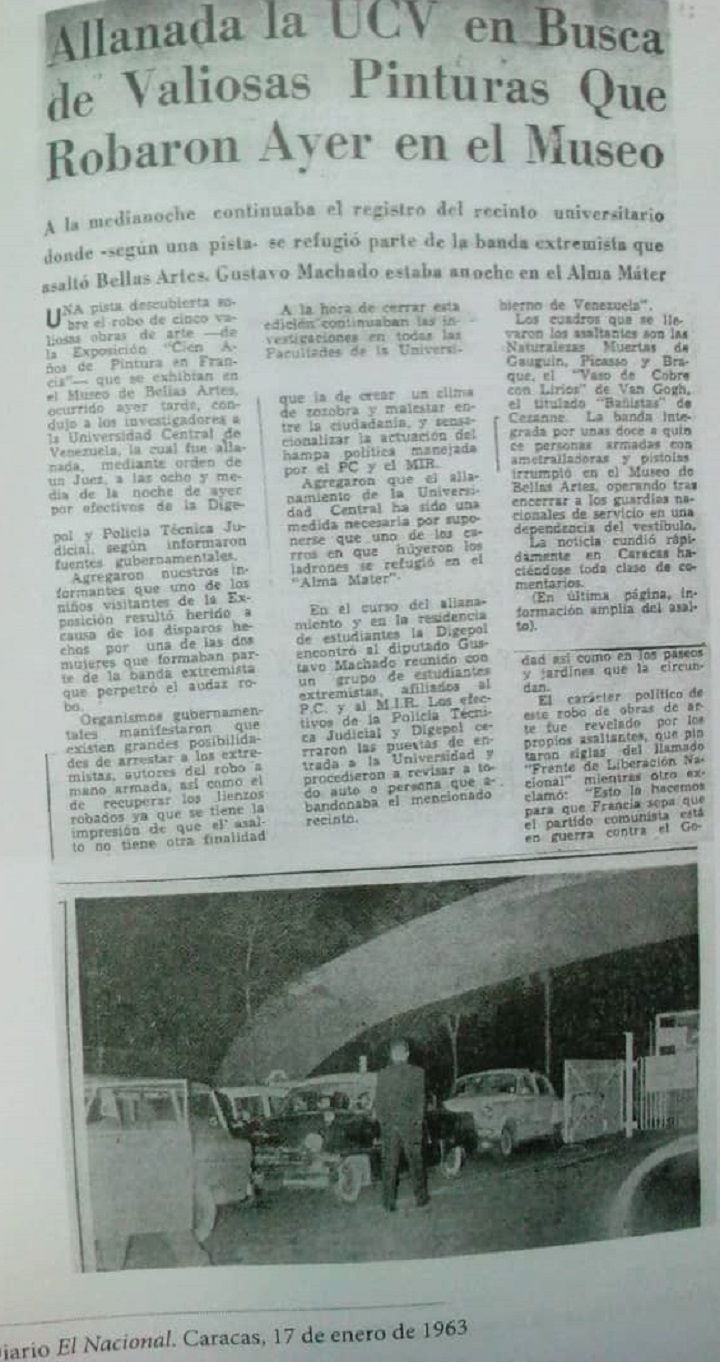
Después de todos los trámites y los preparativos que se tuvieron que llevar a cabo para la realización de este evento, por fin el 20 de diciembre de 1962 se inaugura la exposición, se presenta el presidente de la republica quien para ese momento era Rómulo Betancourt junto a su esposa e hija, también se presentan grandes funcionarios como ministros y embajadores, como todo evento de esta índole se llevaría a cabo un cronograma estricto de actividades dentro de la exposición; de aquí en adelante tenemos que tener en cuenta que durante la década de los 50 y 60 existía una gran violencia mundial y sobre todo en la década de los 60 en Venezuela se vivió una gran persecución por quienes se oponían al gobierno; por lo tanto surgen grupos armados. Sabiendo lo anterior se puede decir que las actividades organizadas para el evento se vieron un poco apañadas porque un grupo de intelectuales de izquierda llamado el Techo de la Ballena no se les permitió participar en estas actividades aunque ellos serían una representación artística de la lucha armada que se forjaba en ese momento.
A casi un mes de su inauguración, el 16 de enero de 1963, específicamente a las 3:15 de la tarde el museo abre sus puertas con la actividad de visitas guiadas, en ese momento ya habían una gran cantidad de jóvenes dentro del museo y muchos más fuera del mismo esperando su turno para poder ingresar para apreciar las obras de los artistas franceses, en ese cuando las salas del museo se estaban comenzando a llenar de estudiantes, irrumpen ocho hombres armados con ametralladoras y dos mujeres armadas con pistolas quienes aprovechándose de la cantidad de estudiantes que habían en el lugar para que los guardias nacionales que estaban prestando el apoyo de seguridad no pudieran hacer uso de sus armas de fuego, posteriormente de haber ingresado seis de ellos fueron y desarmaron a los guardias y vigilantes y los llevaron a un cuarto para mantenerlos vigilados, por otro lado el grupo se fue dividiendo por las salas del museo para mantener a los presentes a raya y un grupo se fue directo a la oficina de dirección del museo.
Al tener todo el control sobre el museo un joven sube a una tarima y grita "No se alarmen, no se muevan, esto es una operación del Ejército de Liberación Nacional” aseguro que los cuadros serían devueltos porque no era un robo aquello lo que estaban haciendo sino más bien un acto político un mujer iba descolgando los cuadros y un hombre los iba recibiendo, todo esto lo hacían con sumo cuidado, luego de haber descolgados los cuadros antes de salir pintaron en una de las paredes el lema del movimiento al que se identificaron. Toda esta operación duro precisamente 30 minutos.

Posteriormente de haber transcurrido todo, se desalojó al personal presente y se realizó una averiguación para dar a conocer las obras extraídas las cuales fueron las más importantes y las consideradas el tesoro de Francia: Lirios en vaso de Cobre de Van Gogh; Bañistas de Paúl Cézanne; Naturaleza Muerta de Paul Gaugin, estas tres obras pertenecen al Museo de Lovre; Naturaleza Muerta de Pabo Picasso; Naturaleza Muerta con Peras de George Braque, estas dos al Museo de Arte Moderno de Paris.
Al poco tiempo de haberse conocido la noticia se despliega una gran operativo policial para recuperar las obras extraídas, un total de 72 transcurrieron para lograr recuperar las piezas de arte en casa de Arturo Uslar Pietri quienes los asaltantes le hicieron llegar los cuadros para que este los entregara ya que Arturo Uslar Pietri era senador y un personaje muy respetado para entonces.
Es entonces que historias cono estas deben sacarse a la luz y más aún, saber los motivos por los cuales estos tipos de hechos se llevaban a cabo, es un hecho que vale la pena estudiar y también es un libro que vale la pena leer porque en él están cada dialogo y cada momento de lo que en ese día se vivió en el Museo de Bellas Artes.
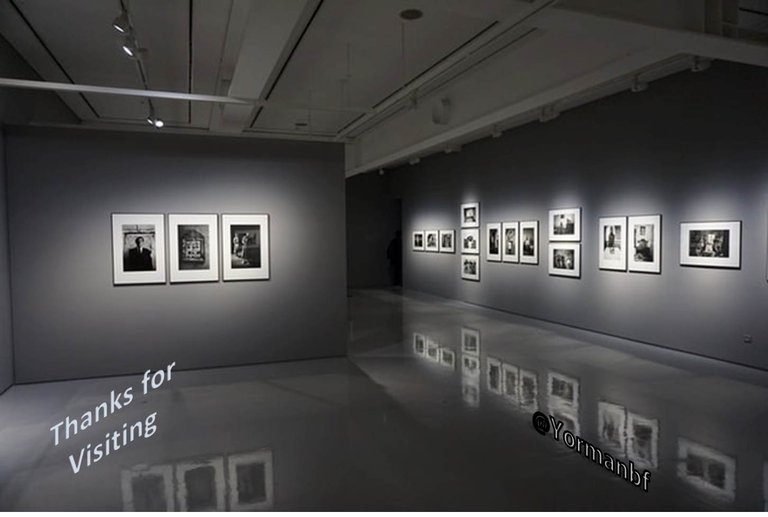
Unsplash | Edited with Power Point
All Photo taken with my phone Bmobile AX-1035 from my book ASALTO ARMADO AL MUSEO DE BELLAS ARTES
Desconocía este hecho. Intentare buscar ese libro, pero lo del robo, que fue real, es digno de estudiar y hasta crear una historia, y asea escrita o para una película. Investigare mas sobre ese hecho. Saludos y éxitos!
Es muy interesante, yo obtuve el libro ya que trabajo en un museo, pero la historia y este hecho sinceramente es digno de película, mas allá del trasfondo politico que se llevo a cabo por este acontecimiento.
Saludos, si tienes la oportunidad de ver el libro en algún lado no dudes en llevártelo aunque tengo entendido que solo se imprimieron 1000 ejemplares.